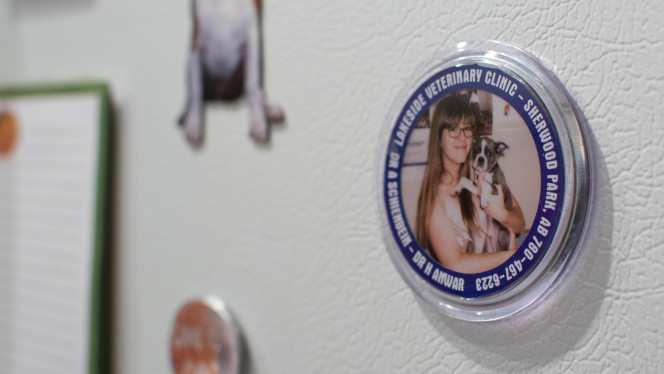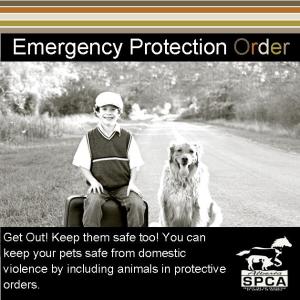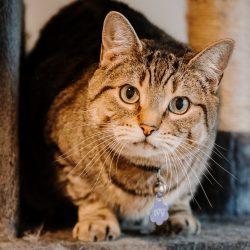As some of you know, we’ve been trying to find a forever home for our sweet pooch, Missy (below).
Zoe’s brought her along to meet a new family and see if she’d be the perfect fit for them. While everyone agreed that Missy might be a little too much, they did meet Willow, who has been with Zoe’s for quite some time now. Willow is quite selective with animals, and similar to Missy, Willow also really loves people. She was so gentle with the kids, and so happy to spend time with them, and now she’s a part of this awesome family.
We are all so thrilled to share this news about Willow! At Zoe’s, we’re committed to finding a companion that will be the perfect fit for your home, family, and life. Feel free to contact us and ask questions about our adoptable pets.
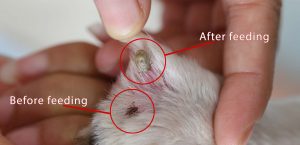



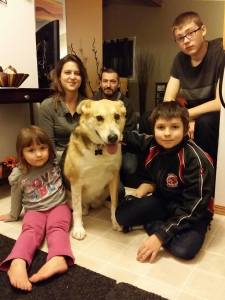

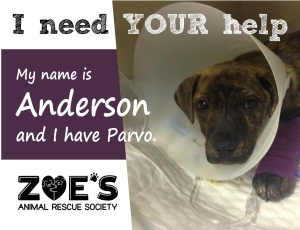 Recently, we took in Anderson, a puppy with Parvo that was fighting for his life.
Recently, we took in Anderson, a puppy with Parvo that was fighting for his life.
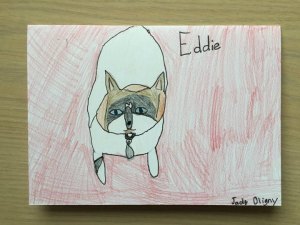
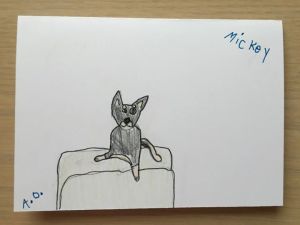

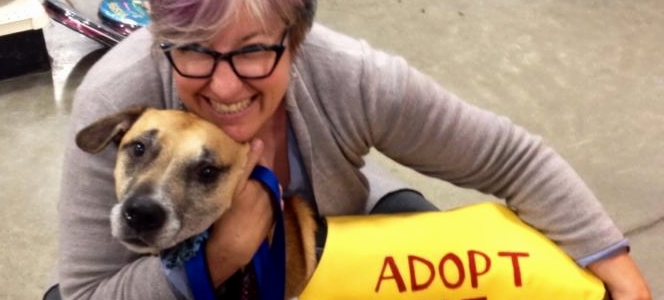


 Okay, now let’s talk winter. What do you suggest for preparing dogs for the cold temperatures?
Okay, now let’s talk winter. What do you suggest for preparing dogs for the cold temperatures? Dr. Anwar and Darlene suddenly became very animated: the holidays are evidently a busy time for them. Along with the more familiar warnings against giving pets chocolate (it’s poisonous to them), and keeping tinsel and ribbon out of reach, Dr. Anwar had a surprising statistic: during the holiday season, Lakeside treats 2-3 dogs per week for pancreatitis, which is caused by eating fatty foods like turkey drippings. Pancreatitis, or inflammation of the pancreas, can cause vomiting, diarrhea, fever, and in severe cases, death. Dr. Anwar recommended against sharing high-fat human foods, and suggested keeping an eye on the kids, who are the ones most likely to share holiday goodies.
Dr. Anwar and Darlene suddenly became very animated: the holidays are evidently a busy time for them. Along with the more familiar warnings against giving pets chocolate (it’s poisonous to them), and keeping tinsel and ribbon out of reach, Dr. Anwar had a surprising statistic: during the holiday season, Lakeside treats 2-3 dogs per week for pancreatitis, which is caused by eating fatty foods like turkey drippings. Pancreatitis, or inflammation of the pancreas, can cause vomiting, diarrhea, fever, and in severe cases, death. Dr. Anwar recommended against sharing high-fat human foods, and suggested keeping an eye on the kids, who are the ones most likely to share holiday goodies.